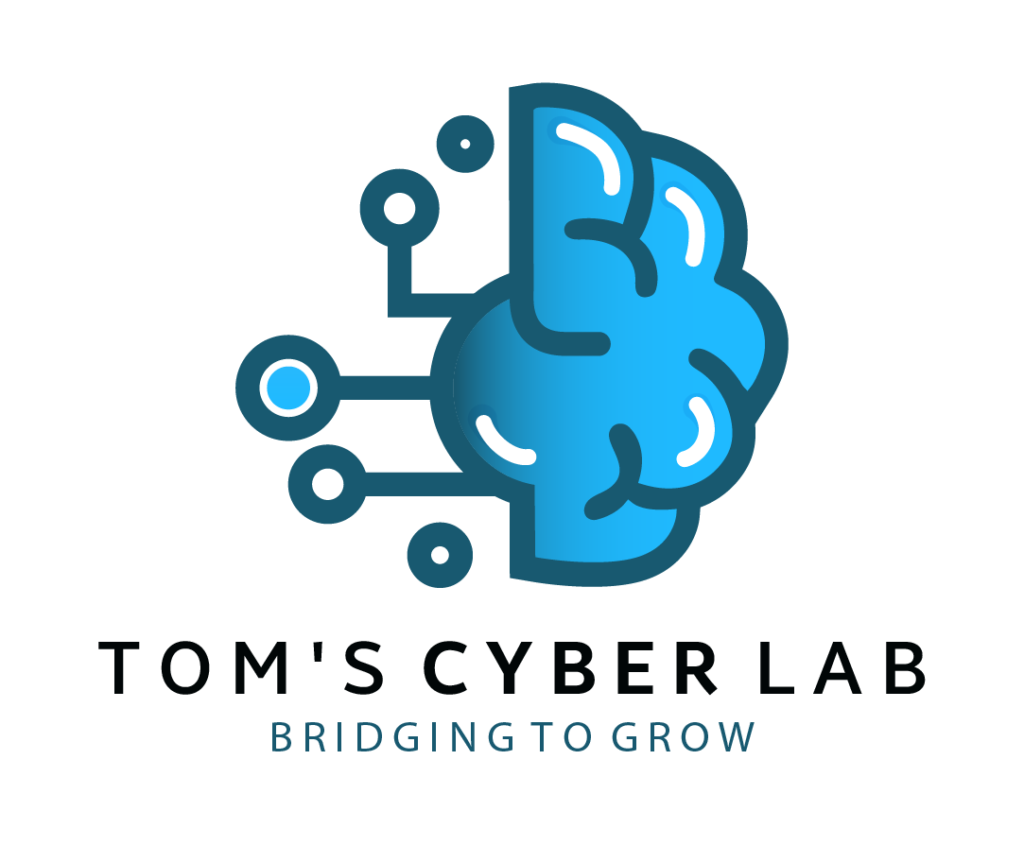In an era dominated by digital interactions, cybersecurity is no longer a luxury but a necessity. Cybercriminals are increasingly targeting startups, which often lack robust defenses, and individuals, who may not prioritize security in their daily online activities. This blog post aims to demystify cybersecurity basics and provide actionable steps to safeguard both startups and personal digital assets.
Understanding Cybersecurity Basics

What is cybersecurity?
Cybersecurity involves protecting systems, networks, and data from cyberattacks. It’s about ensuring the confidentiality, integrity, and availability of digital information.
Common types of cyber threats:
- Malware: Malicious software like viruses, worms, and Trojans designed to damage or gain unauthorized access to systems.
- Phishing: Fraudulent attempts to steal sensitive information by pretending to be a trustworthy entity.
- Ransomware: Malware that locks you out of your data and demands payment for its release.
- DDoS Attacks: Distributed denial-of-service attacks overload a network or website, making it unavailable.
Impact of cyberattacks:
For startups, a breach could lead to financial loss, reputational damage, and even legal repercussions. For individuals, it could mean identity theft, data loss, or privacy invasion.
Key Principles of Cybersecurity
- Confidentiality: Ensures sensitive information is accessible only to those authorized to see it.
- Integrity: Protects information from being altered by unauthorized users.
- Availability: Ensures systems and data are accessible to authorized users when needed.
By focusing on these principles, organizations and individuals can maintain a secure digital environment.
Actionable Steps for Startups
- Implement Strong Password Policies:
- Require passwords that are at least 12 characters long, including a mix of uppercase, lowercase, numbers, and symbols.
- Use a password manager to securely generate and store unique passwords for each account.
- Enforce regular password updates and prohibit reusing old passwords.
- Secure Your Network:
- Use a firewall to monitor and control incoming and outgoing network traffic.
- Employ a virtual private network (VPN) to encrypt internet connections, especially for remote workers.
- Secure Wi-Fi networks with strong passwords and WPA3 encryption.
- Regularly Update Software:
- Set up automatic updates for operating systems, applications, and firmware.
- Use patch management software to ensure all devices are running the latest security updates.
- Train Employees:
- Conduct regular cybersecurity training sessions to educate staff on recognizing phishing emails, social engineering tactics, and safe online practices.
- Simulate phishing attacks to test employee awareness and reinforce learning.
- Back Up Data:
- Follow the 3-2-1 rule: Keep three copies of data, on two different media types, with one copy offsite.
- Test backups regularly to ensure data can be restored without issues.
Actionable Steps for Startups
- Enable Two-Factor Authentication (2FA):
- Use 2FA for all important accounts (email, banking, social media).
- Opt for authenticator apps (like Google Authenticator) rather than SMS-based 2FA for added security.
- Be Wary of Suspicious Links:
- Verify the sender’s email address before clicking on links.
- Hover over links to check the URL destination.
- Report phishing emails to your email provider.
- Secure Your Devices:
- Install reliable antivirus software and keep it updated.
- Use device encryption (available on most modern operating systems) to protect data.
- Set up strong screen locks (PINs, passwords, or biometrics).
- Practice Safe Browsing:
- Look for “HTTPS” in website URLs to ensure a secure connection.
- Avoid conducting financial transactions on public Wi-Fi without a VPN.
- Clear browser cookies and cache regularly to minimize tracking.
- Monitor Your Accounts:
- Enable account notifications for suspicious login attempts or transactions.
- Regularly review bank statements and credit reports for unauthorized activity.
- Immediately change passwords and notify your bank or service provider if you suspect a breach.
Actionable Steps for Personal Cybersecurity
- Enable Two-Factor Authentication (2FA):
- Use 2FA for all important accounts (email, banking, social media).
- Opt for authenticator apps (like Google Authenticator) rather than SMS-based 2FA for added security.
- Be Wary of Suspicious Links:
- Verify the sender’s email address before clicking on links.
- Hover over links to check the URL destination.
- Report phishing emails to your email provider.
- Secure Your Devices:
- Install reliable antivirus software and keep it updated.
- Use device encryption (available on most modern operating systems) to protect data.
- Set up strong screen locks (PINs, passwords, or biometrics).
- Practice Safe Browsing:
- Look for “HTTPS” in website URLs to ensure a secure connection.
- Avoid conducting financial transactions on public Wi-Fi without a VPN.
- Clear browser cookies and cache regularly to minimize tracking.
- Monitor Your Accounts:
- Enable account notifications for suspicious login attempts or transactions.
- Regularly review bank statements and credit reports for unauthorized activity.
- Immediately change passwords and notify your bank or service provider if you suspect a breach.
Tools and Resources to Get Started

Free Tools:
- Password managers: Bitwarden, LastPass (free tier).
- Antivirus software: Avast, AVG, Windows Defender.
- VPNs: ProtonVPN (free version), Windscribe.
Paid Tools (for advanced protection):
- Enterprise-grade antivirus: McAfee, Norton 360, Kaspersky.
- Cloud backup solutions: Acronis, Carbonite.
- Premium VPNs: NordVPN, ExpressVPN.
Learning Resources:
- Cybersecurity courses on platforms like Coursera, Udemy, and LinkedIn Learning.
- Blogs and newsletters: Krebs on Security, CISA updates.
- Books: “Cybersecurity for Beginners” by Raef Meeuwisse.

In today’s interconnected world, cybersecurity is everyone’s responsibility. By understanding the basics and implementing these actionable steps, startups and individuals can significantly reduce the risk of falling victim to cyberattacks. Start small—secure your passwords, train your employees, and keep your systems updated. Every step you take today strengthens your digital resilience for tomorrow.
What are your biggest cybersecurity concerns?


